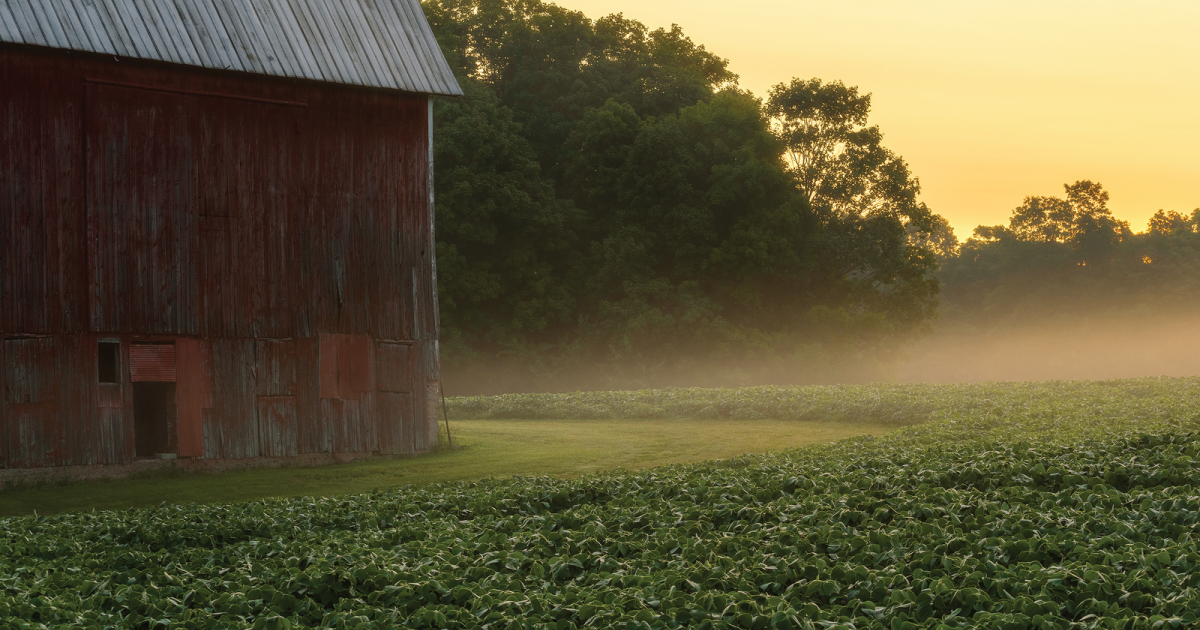
New Season of Dicamba Drift Set to Damage Crops
Monsanto, DuPont and BASF sell an herbicide responsible for damage to millions of acres across the U.S. As described in this short video, the damage is substantial and many insurance companies are balking at paying compensation for farmers’ losses.
February 19, 2020 | Source: Mercola.com | by Dr. Joseph Mercola
Monsanto, DuPont and BASF sell an herbicide responsible for damage to millions of acres across the U.S. As described in this short video, the damage is substantial and many insurance companies are balking at paying compensation for farmers’ losses.
There are 221 different pesticides found in your produce, according to a report1 generated by the U.S. Food and Drug Administration. The report released in September 2018 was based on data gathered in 2017.
Samples were taken from five states across America and only 37.5% of the vegetables and a mere 14.2% of the fruits were free of pesticide residues.
Glyphosate and 2,4-Dichlorophenoxyacetic acid (2,4-D) residues were also detected in some of the samples. Concerns over glyphosate’s toxicity have been mounting since the International Agency for Research on Cancer’s (IARC) 20152 determination that glyphosate is a probable carcinogen.
Since the introduction of genetically modified plants, the problems with pesticide-resistant weeds has grown. Worldwide, at least 48 different weeds3 are resistant to glyphosate, the primary ingredient in Monsanto’s broad-spectrum herbicide Roundup. In response, agrichemical companies are producing even more toxic pesticides.
In November 2016, Monsanto announced4 it had secured approval from the FDA to use specially formulated dicamba, VaporGrip, on growing crops; in the past it had only been used before planting. The claim was that using VaporGrip Technology “gives you extended application flexibility before, at and after planting.”5
Dicamba Drift Destroying Crops As EPA Looks On
It took only one growing season to prove the claim that VaporGrip didn’t drift wasn’t true. In July 2017 a complaint advisory from the EPA was published in which they wrote:6
“Despite the conditional approval of new dicamba products with drift reduction agents and further use restrictions set in place prior to the 2017 growing season, some states are reporting high numbers of dicamba complaints.
By early July, we already had reports of hundreds of complaints received by state agencies in Arkansas, Missouri and Tennessee (a significant increase from last year). Both physical drift and volatilization of dicamba from the target application site have been reported.”
The immediate response approved by the EPA was a change to the label so that consumers were instructed to use the product differently than when it was first released.7 But changing how it was applied didn’t stop the numerous complaints in the coming crop seasons. Every summer since the release of the new dicamba formulation, the phones have been ringing.
NPR reports8 the Office of the Indiana State Chemist has been overwhelmed by the complaints from farmers and homeowners reporting damage to crops and gardens. With each test of the damaged plants, the scientists found the same culprit: It was dicamba.
The herbicide is designed to be used on dicamba-tolerant seed and the new delivery system is intended to stop the potential for drift. But, as you likely guessed, the delivery system for this dangerous toxin failed.
For farmers who plant dicamba-tolerant GMO seed, the herbicide kills weeds that are resistant to glyphosate without hurting their crops. For those who don’t use dicamba-tolerant seed, it’s described as a plague.9 One farmer reported the drift affected 80 acres of his farm, which cut the harvest in those fields by one-third.
Illinois growers lodged about six times as many complaints in 2019 as they did prior to the widespread adoption of dicamba. Despite the rising number of problems suffered by farmers and homeowners, the EPA extended approval just before the 2019 season. The decision apparently rested on the hope more education and restrictions on the application process would stop the problem.
Sinister Practices May Force Farmers to Buy Bayer Seed
The issue has gotten so heated that farmers see their neighbors as threats and one dispute ended in death. Millions of acres of crops were damaged when the herbicide traveled beyond their application sites. You probably could have predicted a sprayed application would land in another field, but the EPA and FDA could not.
On hot summer days the technology falls short. Instead of sticking to the area, the chemical quickly evaporates and drifts into nearby fields and gardens.10 Could this be the ultimate plan — releasing an herbicide that requires you to purchase their seed in order to successfully harvest your crop? It seems Monsanto is playing the long game.
The challenge of stopping herbicide from drifting with the wind has created a problem for inspectors: It’s difficult to figure out where it originated. The additional workload means they don’t have time for routine inspections. Leo Reed, an Indiana official, calls this “dicamba fatigue.”11
Another telltale sign of fatigue and overworked has been the marked exodus of Missouri’s pesticide inspectors. There were eight, but seven resigned over the course of one-and-a-half years. According to meeting minutes, contributing factors were overload and burnout.
